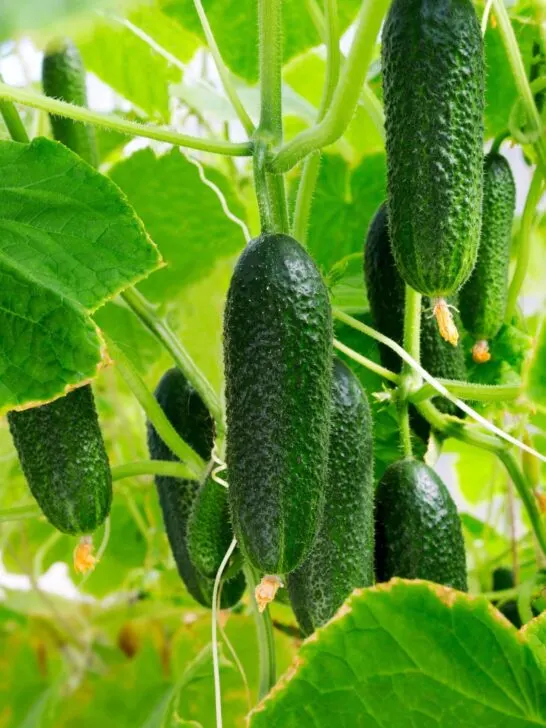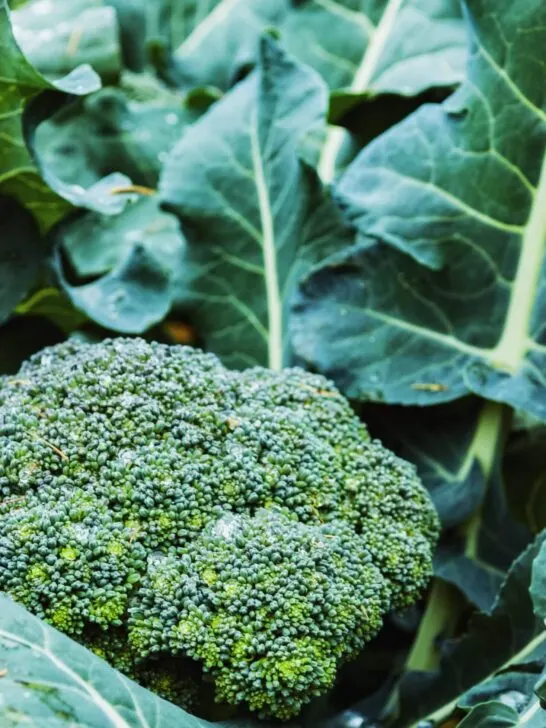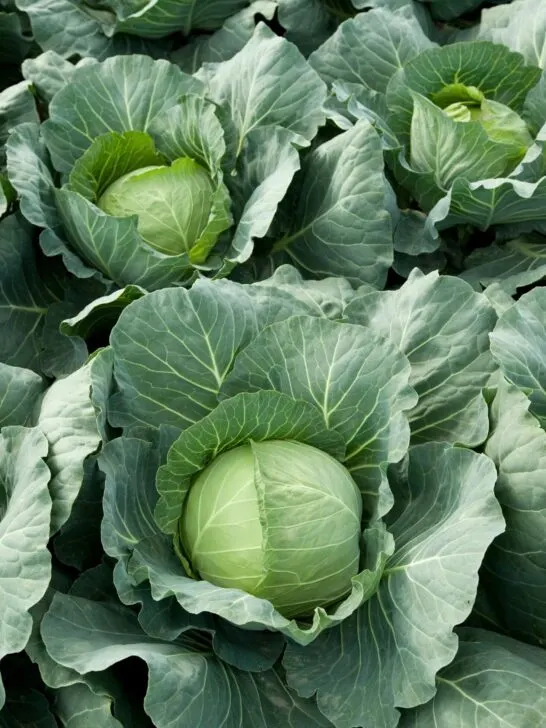I find potatoes to be a rewarding and relatively easy crop to cultivate. They require loose, well-drained soil and prefer cooler temperatures, making them suitable for spring planting here in Northern Alberta.
One of the best qualities of potatoes is that when properly stored, they can last for several months, providing a valuable addition to your food storage. It's important to store them in a cool, dry, and dark place to prevent sprouting and spoilage.
But I think the best thing about potatoes is that they can be prepared in so many ways, making them a favorite in my cooking repertoire. From mashed to butter poached and pan fried to hearty soups, to the humble baked potato. Plus, they're super easy to dehydrate for quick and easy meals later on!
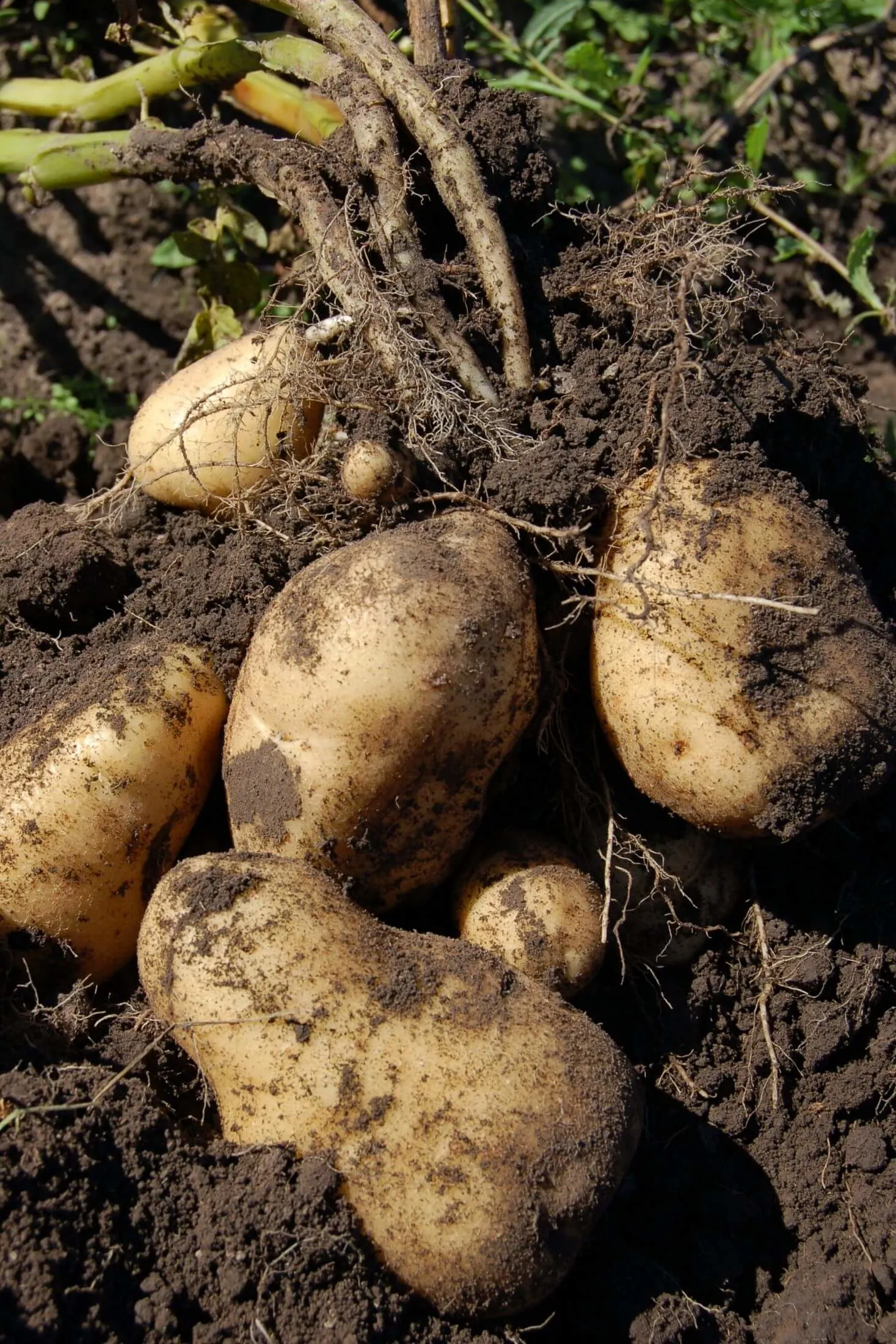
As an Amazon Associate I earn from qualifying purchases.
Jump to:
What Is Companion Planting?
Companion planting is a gardening technique that involves strategically planting different plants in close proximity to benefit each other. It is based on the concept that certain plants can enhance each other's growth, health, and pest control abilities. When done correctly, companion planting can reduce your workload and reliance on chemical pesticides, and even reduce your workload.
Companion planting focuses on creating mutually beneficial relationships between plants, where one plant helps to repel pests or attract beneficial insects for another plant, while another plant may provide shade or support for its neighboring plant. These partnerships can improve soil fertility, increase pollination, and minimize pest infestations.
It is an important part of organic gardening strategies and can help protect your potato plants from pests and diseases while increasing their overall health and productivity. So if you’re looking for a way to maximize your garden’s potential, consider companion planting.
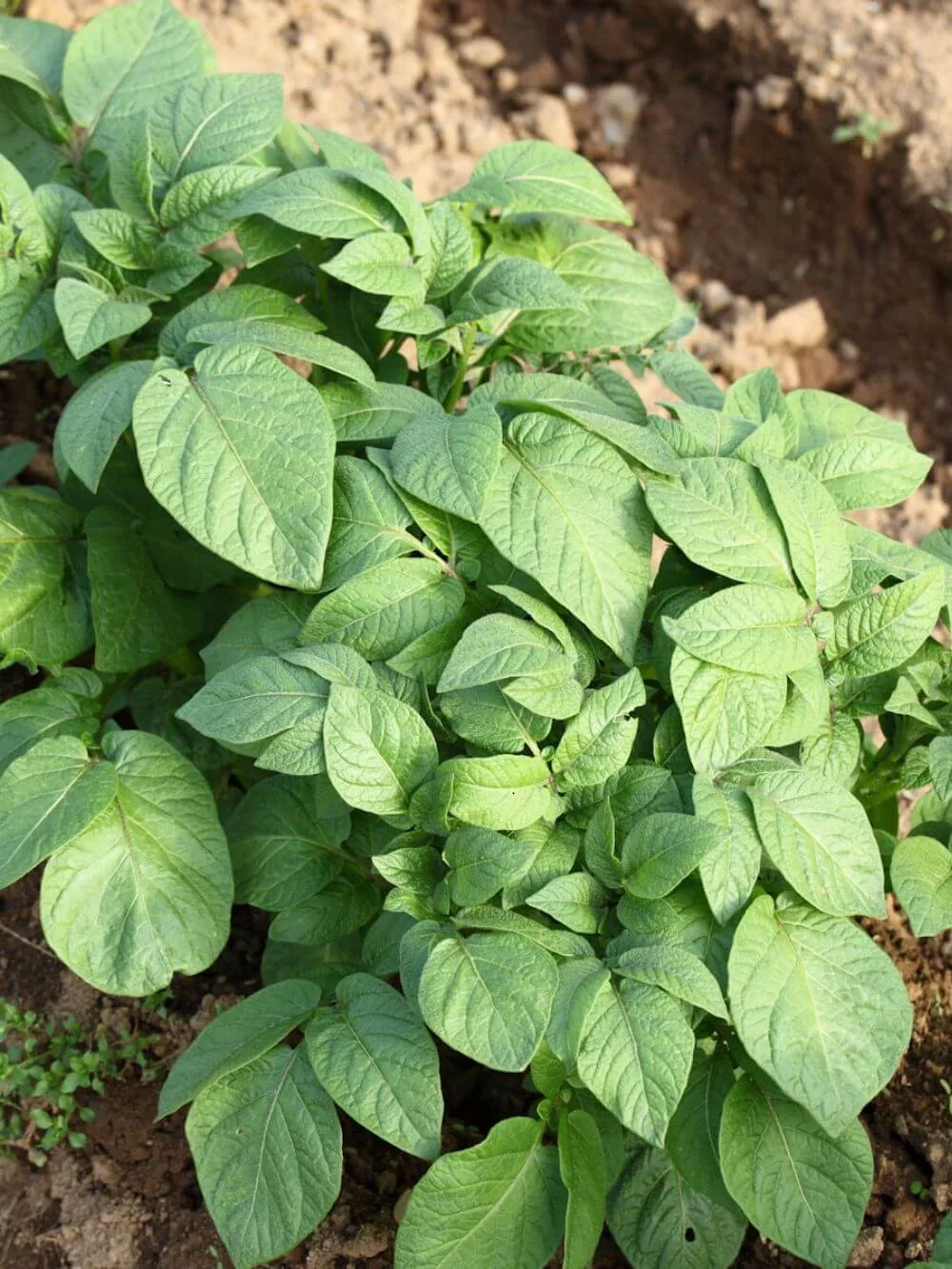
Best Companion Plants For Potatoes
Alyssum:
This low growing annual is a flowering that attracts beneficial predatory insects and pollinators like the hover fly and ladybugs that prey on aphids, mites, and beetles. Alyssum's ground cover growth pattern acts as a living mulch, helping to keep the soil cool and preventing soil moisture evaporation, as well as aiding in suppressing weeds.
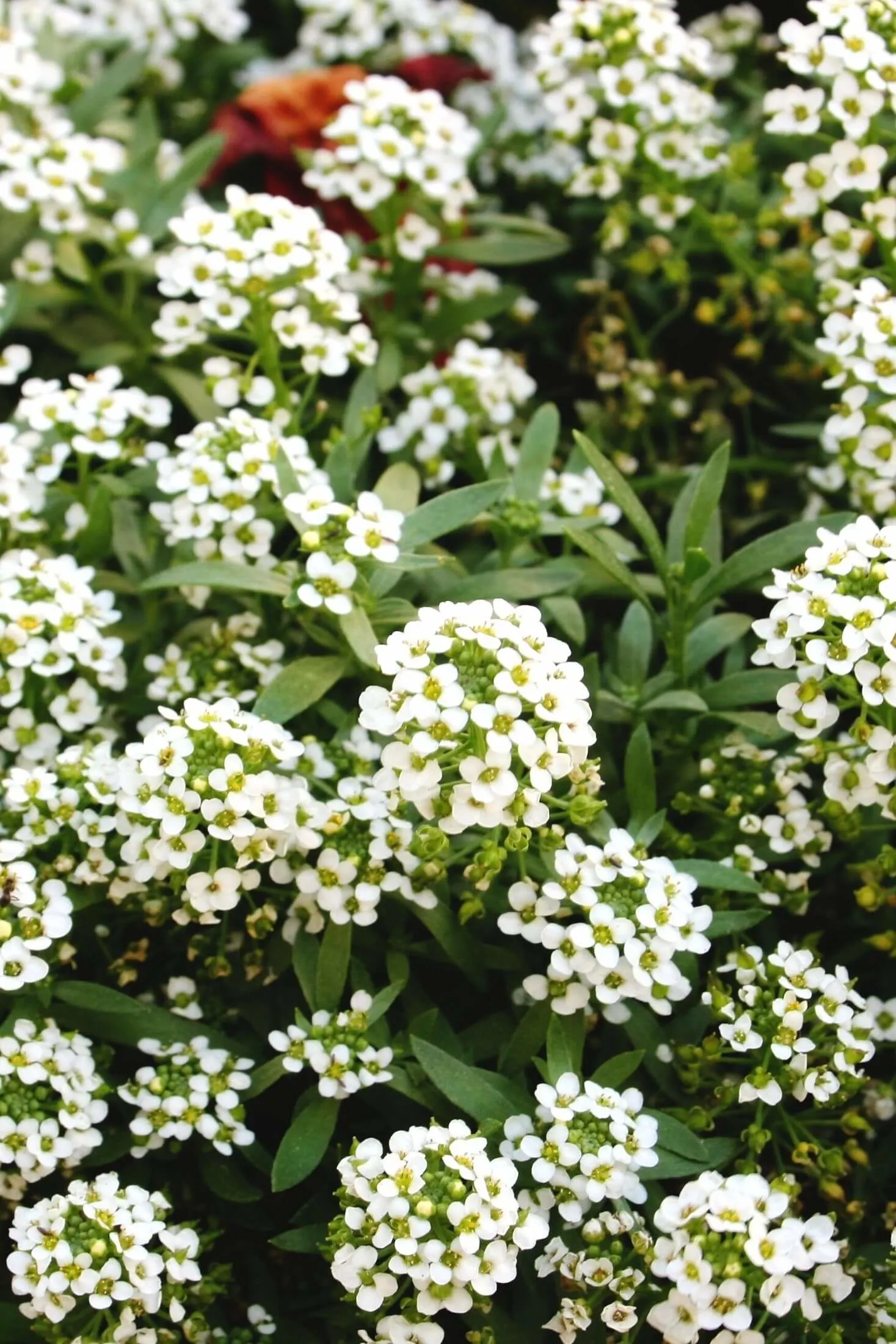
Beans:
Beans and potatoes form a symbiotic relationship in the garden with beans protecting the potatoes from Colorado Potato Beetles while potatoes help to protect beans against Mexican Bean Beetles.
As an added bonus, beans and other legumes are nitrogen fixers capable of converting atmospheric nitrogen into a plant available form within the soil for use by other plants!
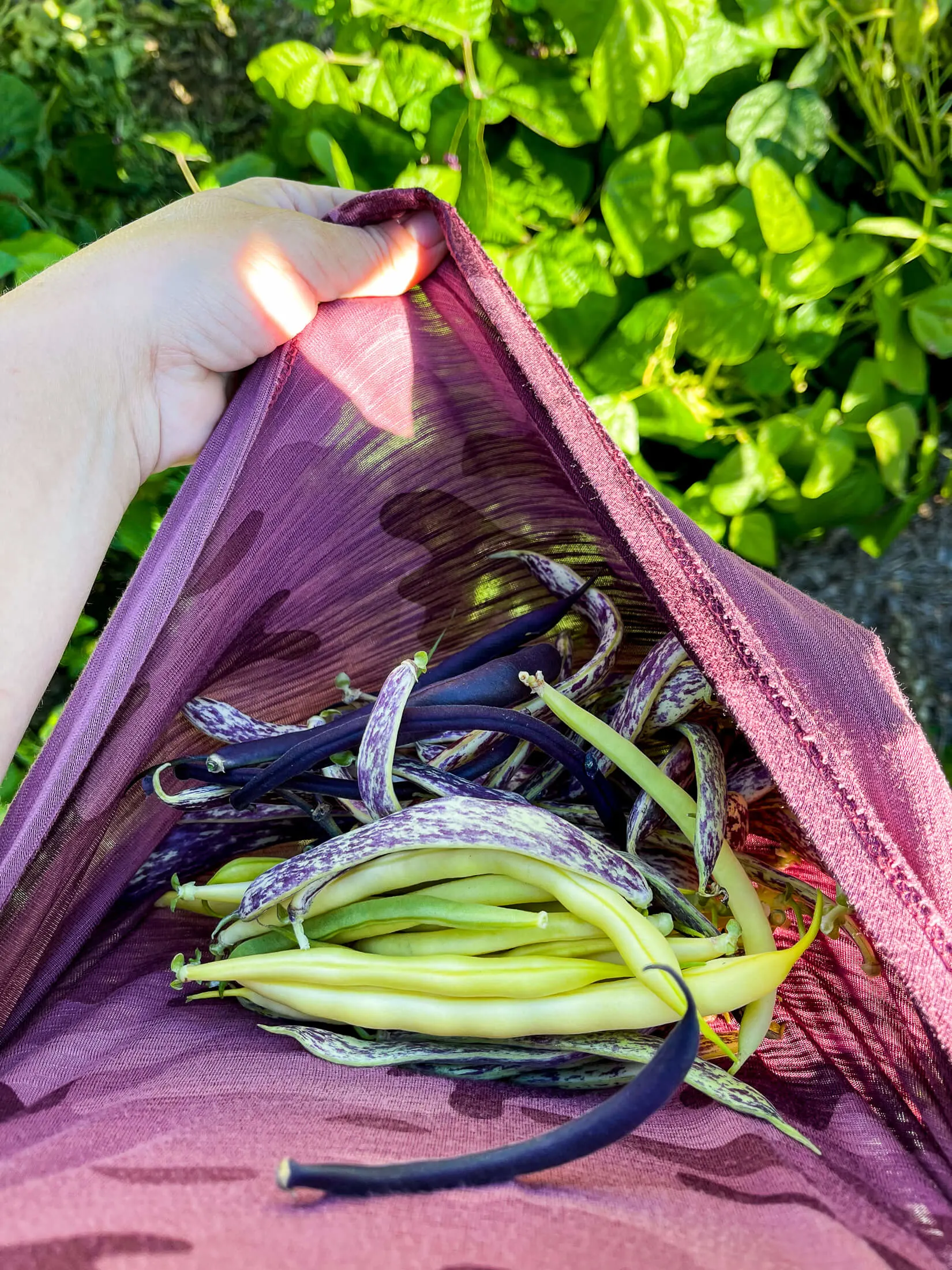
Brassicas:
Brassicas, especially cabbage, do well companion planted with potatoes. These shallow rooted veggies tend to grow taller than potatoes, maximizing growing zones.
Other brassica family members to consider growing with your potatoes include; broccoli, cauliflower, brussel's sprouts, and even kale.
Potatoes also act as a trap crop and can withstand the feasting of flea beetles much better than brassicas, ask me how I know!
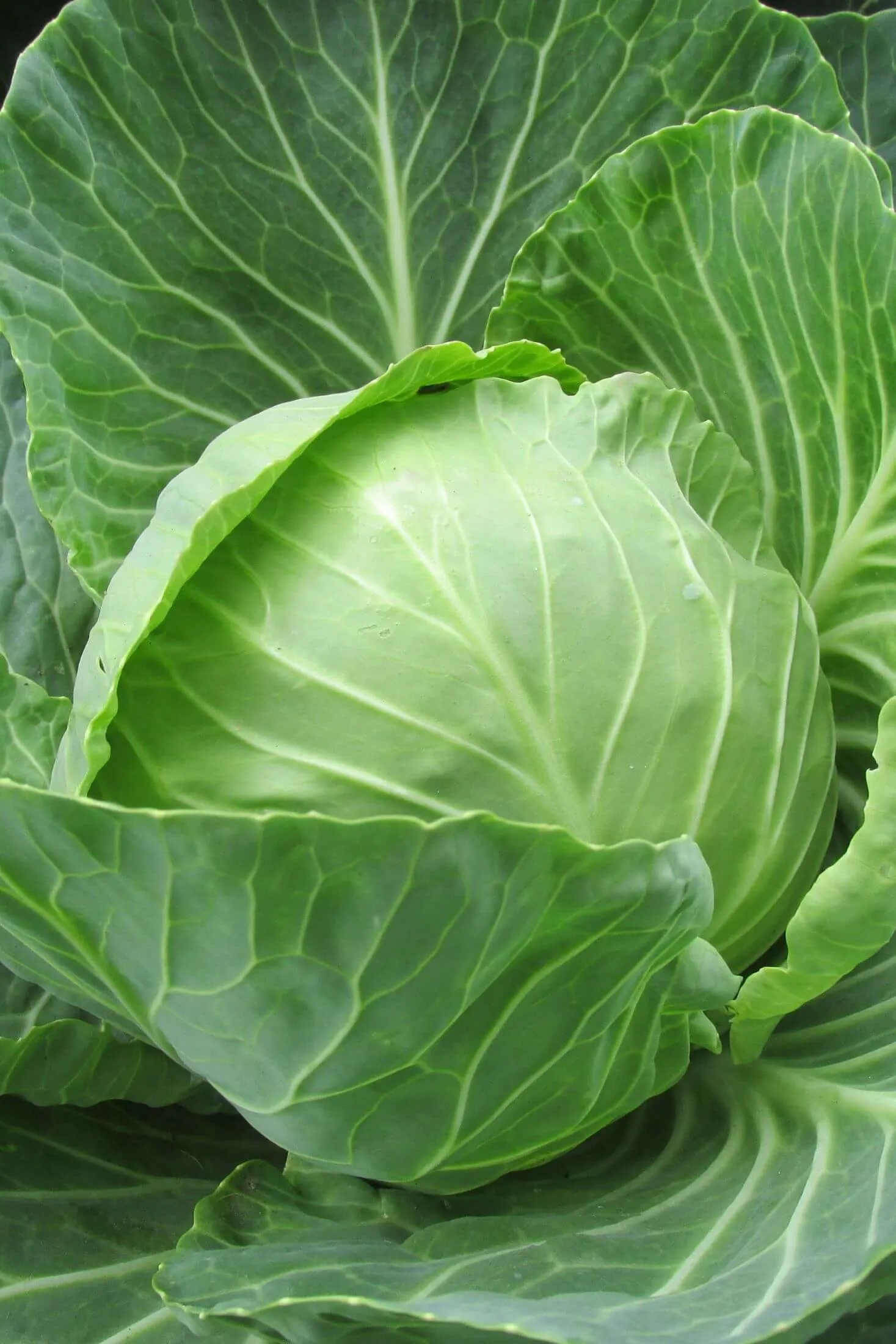
Corn:
Corn is another shallow rooted plant that requires more space above the soil than underground and is happy to lend underground storage space to your tubers. When planted to the south, this tall growing plant can also offer much appreciated shade to your potato plants if you're growing in a hot climate.
Anecdotally, companion planting corn with potatoes is believed to improve the flavor of the potatoes!

Eggplant:
When planted along the border of your potato patch, eggplants can act as a trap crop for Colorado Potato Beetles. Although they're called Colorado Potato Beetles, they actually prefer eggplants.
This is one example of a time that it's a good idea to plant members from the same family (nightshade) nearby in the garden!
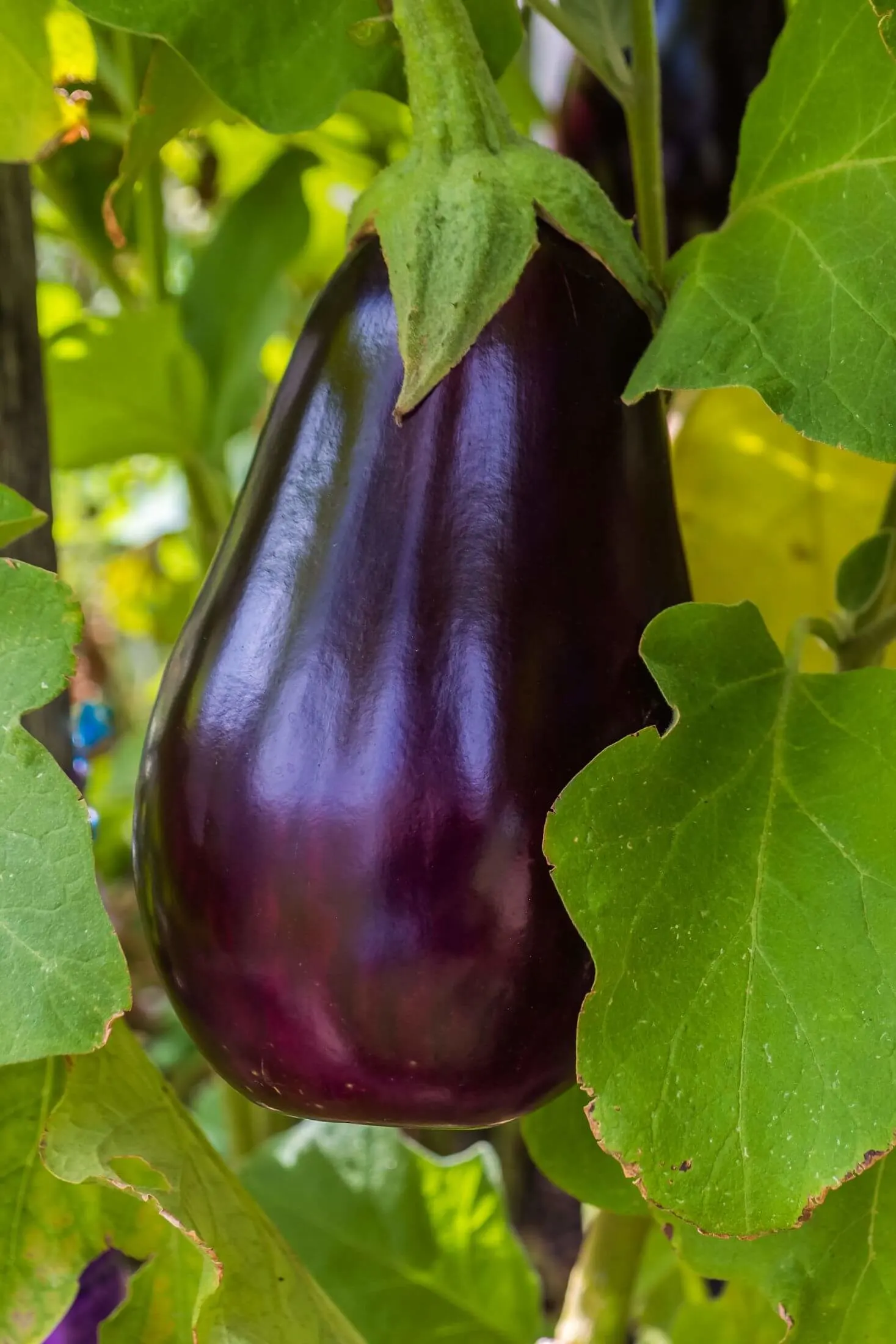
Horseradish:
This perennial root vegetable helps to protect against the potato bug and blister beetle by releasing repelling compounds - likely the very same ones that make it so spicy!
Because this perennial can not only spread aggressively and be nearly impossible to kill or eradicate, it is a good idea to keep it secluded to the edge of your potato patch.
Marigold:
Marigolds are a companion planting workhorse throughout the entire garden. These bright and fragrant flowers deter a variety of unwanted pests including potato beetles through their distinct scent.
These flowers also release root exudates that help to repel root nematodes.

Mint:
Tomatoes and other members of the nightshade family, including peppers, eggplant, and even potatoes, can benefit from the pest control qualities of mint, as it helps to repel spider mites and larger foraging animals like mice and voles.
The jury is out on whether mint deters or attracts aphids, but, its potential for attracting insects that eat aphids is definitely proven.
Mint does have the tendency to spread unchecked, so it's worth while to carefully consider where you want to plant mint in your garden.
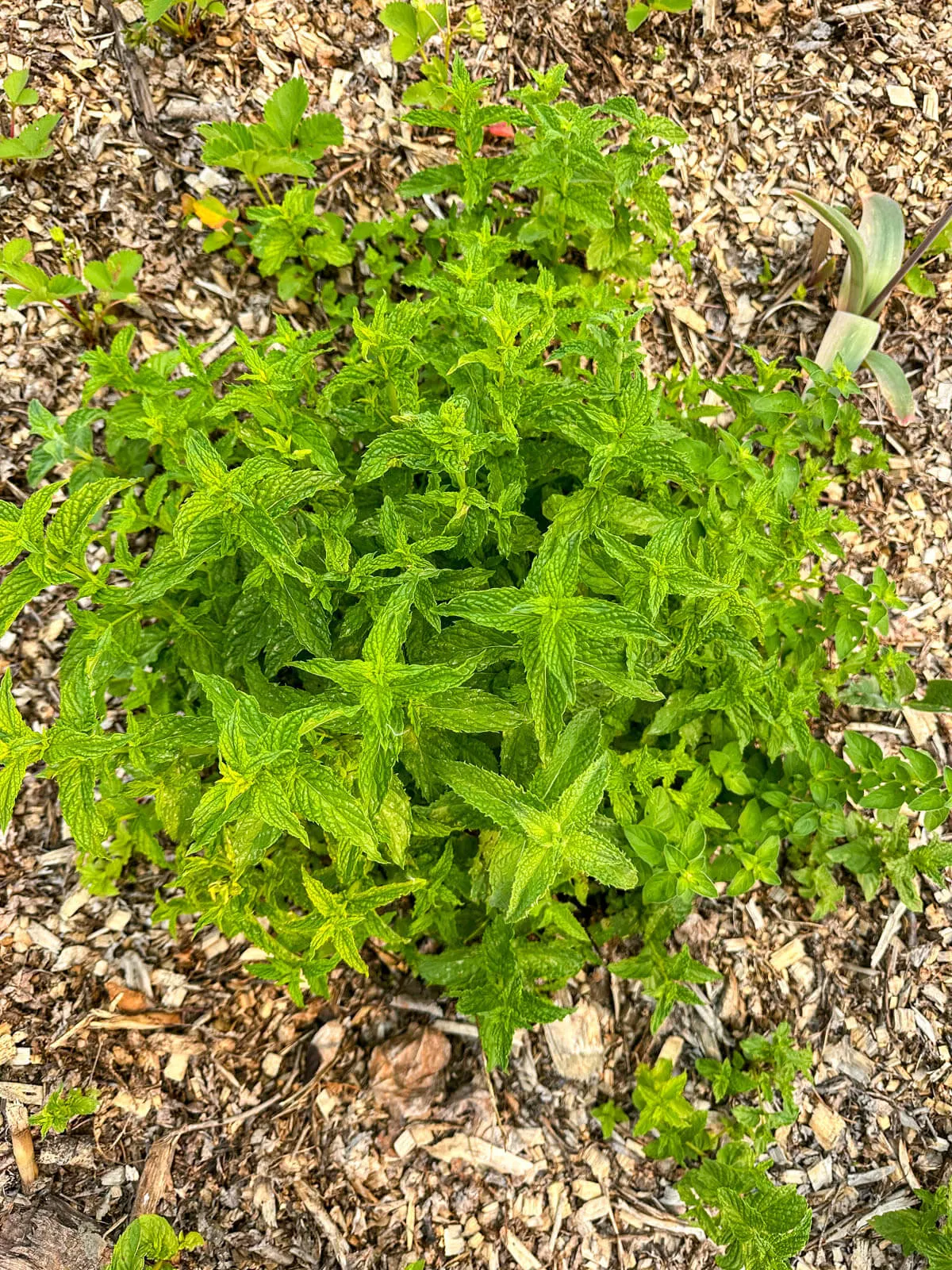
Worst Companion Plants For Potatoes
Asparagus:
Potatoes are nutrient and water-hungry plants. They turn those hard-fought nutrients and moisture into carbohydrates stored in tubers below the soil.
Unfortunately, the storage location and harvesting of potatoes can cause severe damage to the roots of your asparagus plants. Damage to the roots this year can decrease asparagus yields next year.
Potatoes also attract aphids, and while they can withstand an aphid munch, it's best to avoid bringing any asparagus pests to the area.
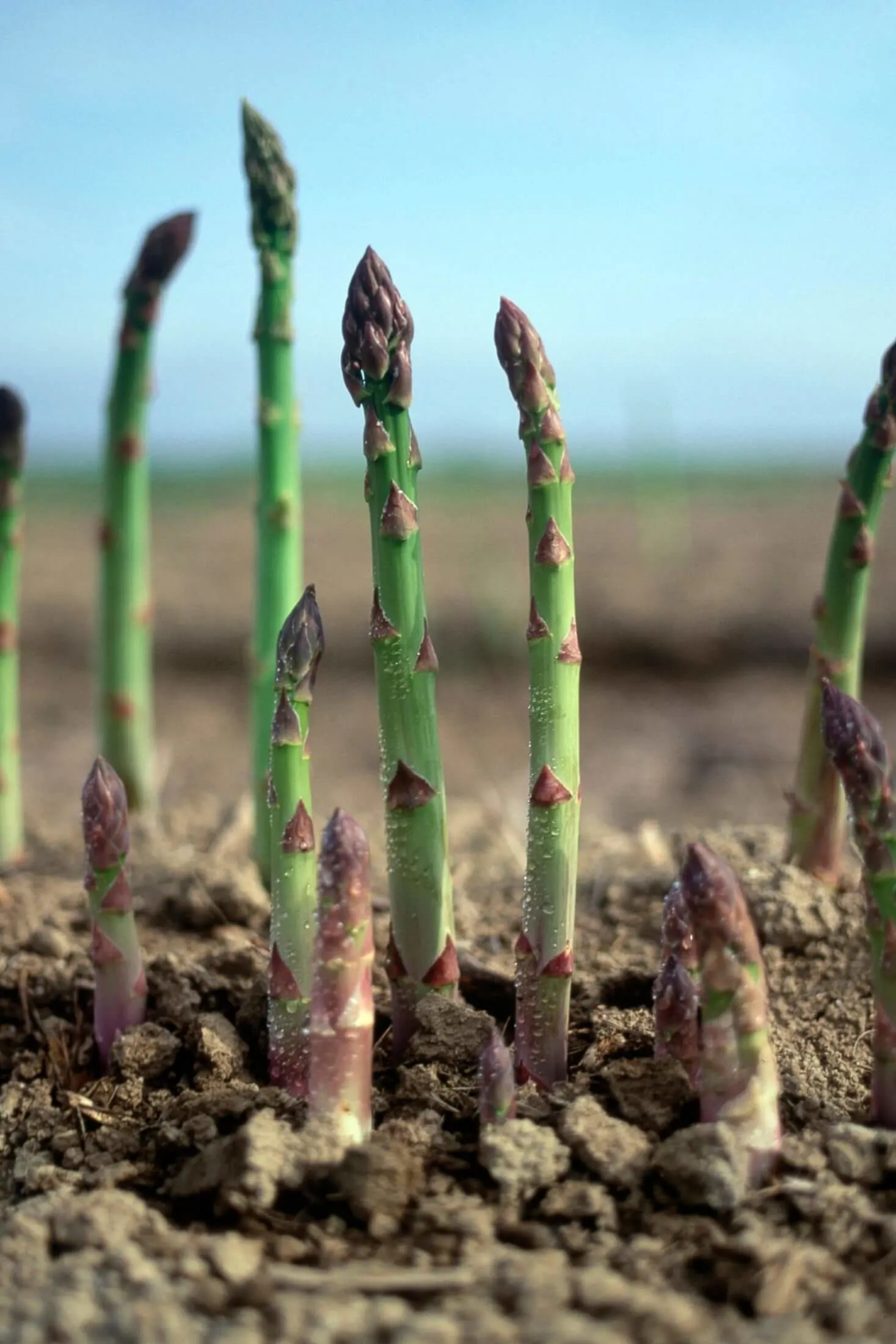
Celery:
Potatoes ripen around the same time as celery and harvesting early potatoes can damage the roots of your celery plants.
Potatoes are also heavy feeders that will compete with celery for water and nutrition. The bushy greens may crowd celery for space leading to reduced yield.

Cucumbers:
Potatoes are heavy feeders and can compete with your cucumbers for vital nutrients and moisture. The act of hilling potatoes can also negatively impact the roots of your cucumber plants.
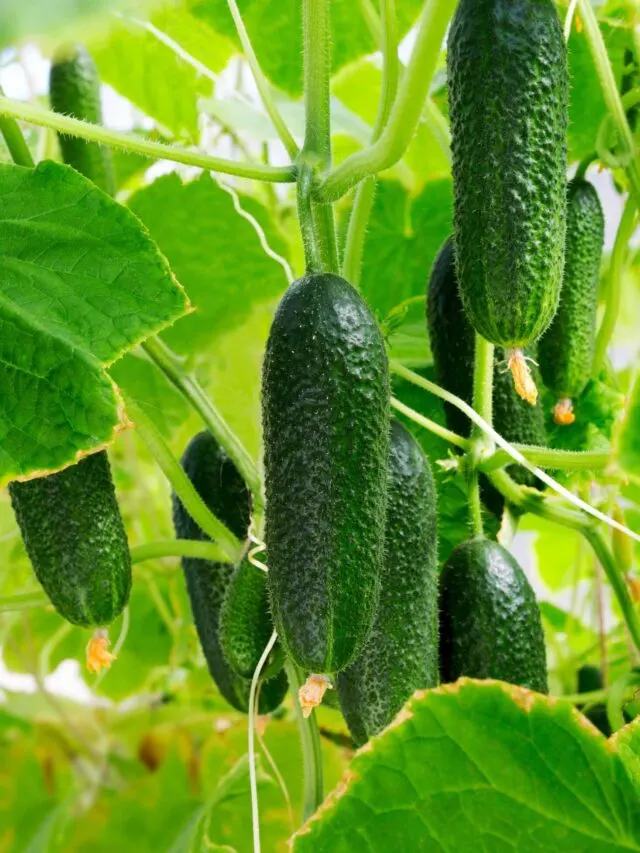
Melons
Melons are another crop that should be avoided when companion planting with potatoes. Juicy watermelons and cantaloupes need a lot of space, while potatoes attract aphids, the infamous garden pest, and we all know what happens when aphids start to congregate...
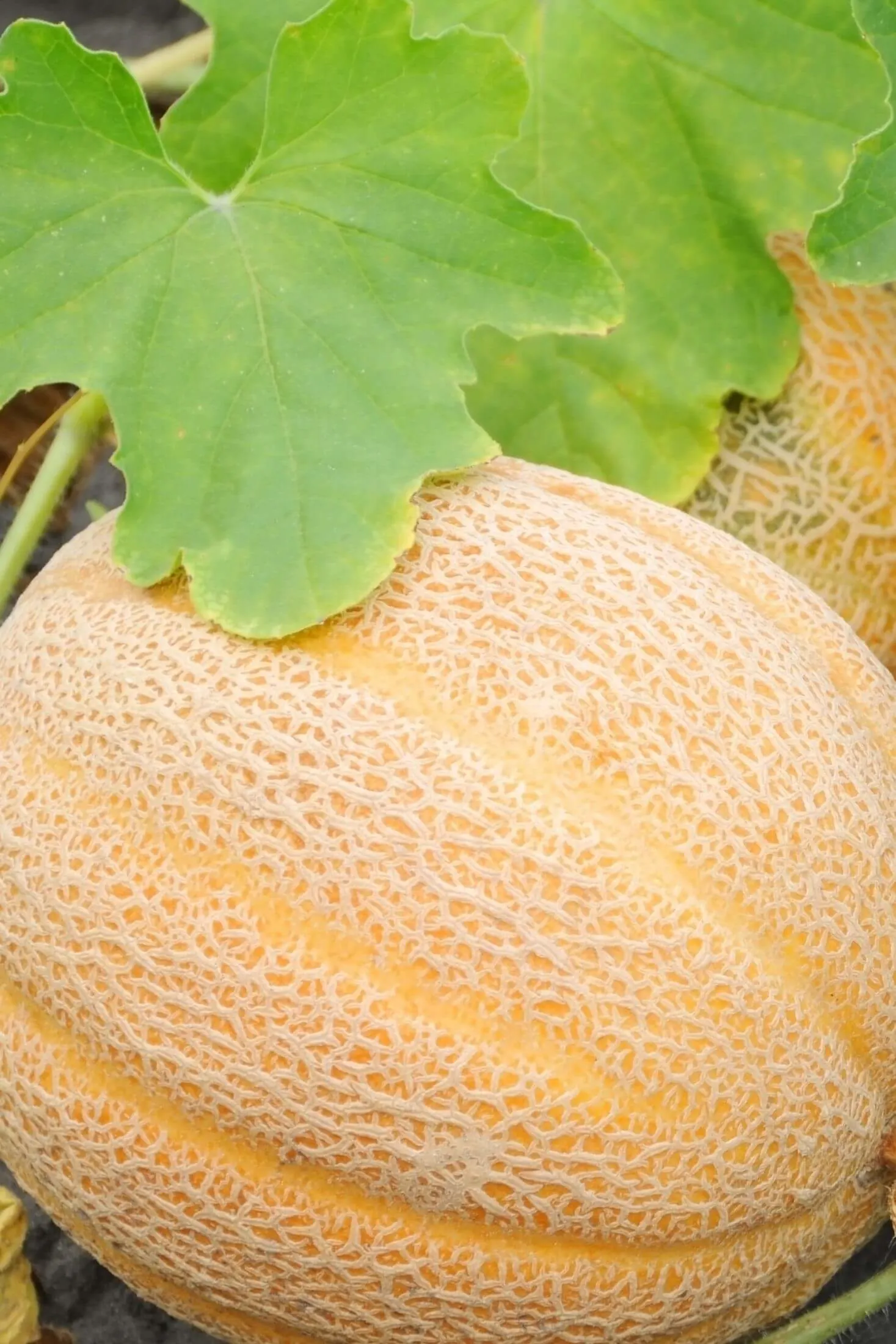
Pumpkins:
Potatoes and pumpkins do not get along! Harvesting potatoes near the delicate roots of your pumpkin plant is a recipe for disaster. Additionally, pumpkins are hungry for sunlight and are ruthless when it comes to getting it, they can easily grow over and overtake your potato plant, choking it out or limiting its production.
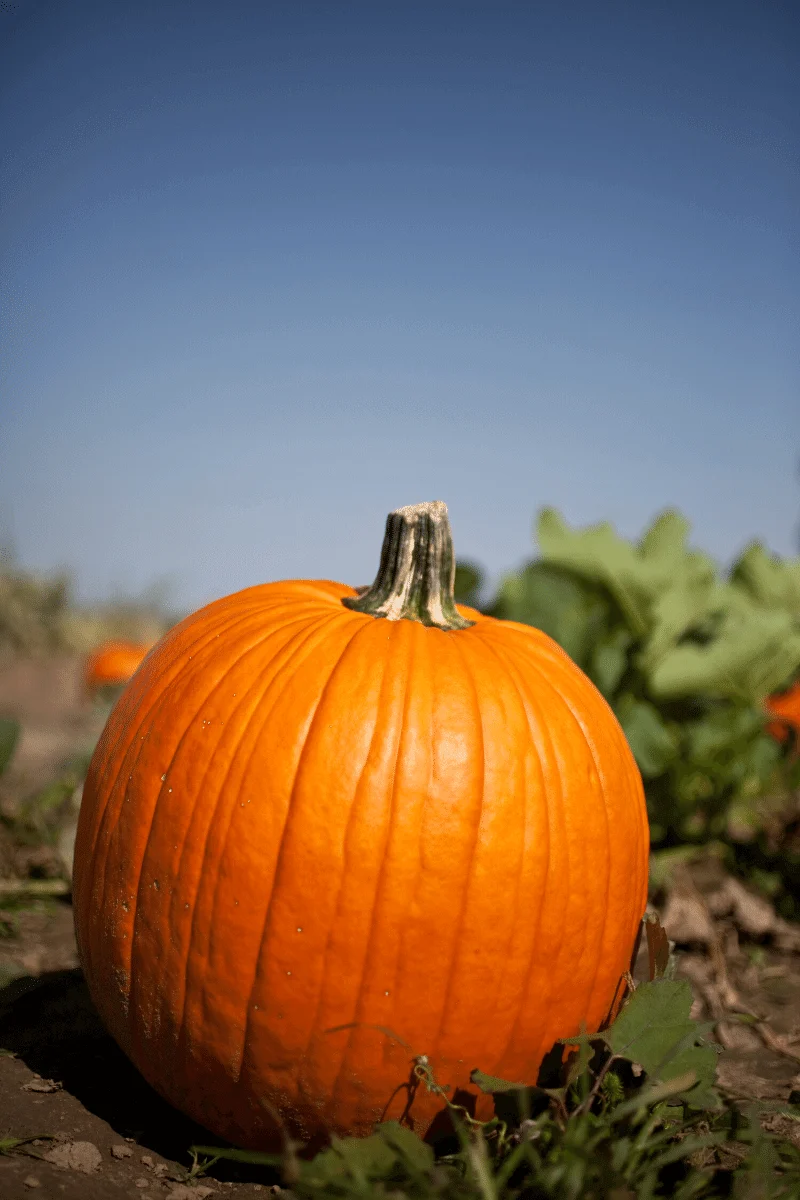
Spinach:
Potatoes can be grown near spinach, but they make terrible companions. Potatoes are heavy feeders and can suck up all the nutrients and water in the soil in a hurry! Leaving little or none for your spinach.
Potatoes will also shade out your late-season sowing of spinach when they are at their largest and most bushy.
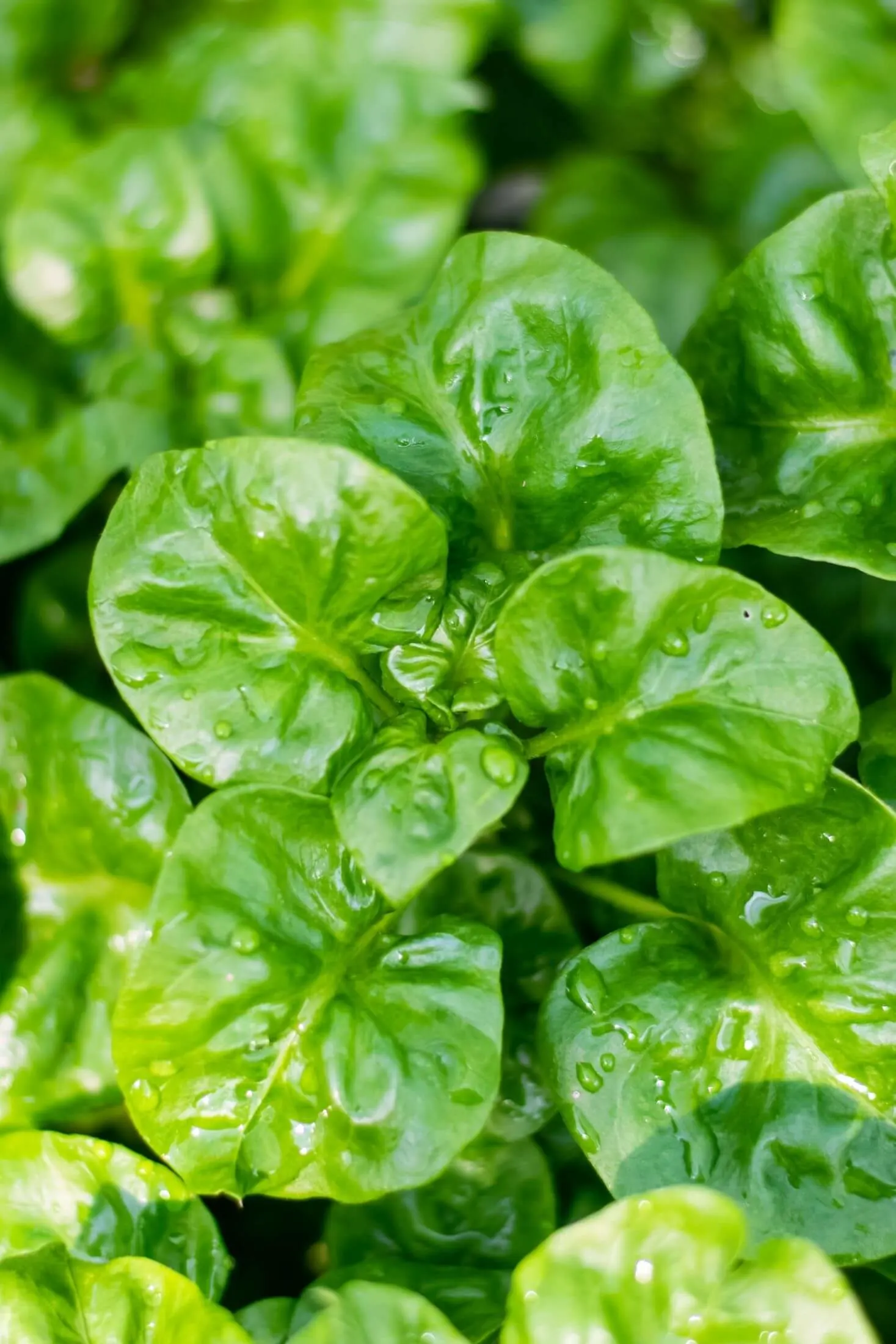
Turnips:
Because both potatoes and turnips store their starch in underground organs, tubers, and roots, they'll compete for space. It is best to avoid planting these two root crops close together as they'll stunt each other's growth.

Can't Get Enough Companion Planting?
Thoughts From The Homestead Garden
Companion planting is a popular gardening technique that has been used for centuries to improve plant growth and reduce pests. When it comes to potatoes, choosing the right companion plants can be beneficial in many ways. From providing shade and nutrients to deterring pests, the right companions can help your potato plants thrive.
However, it is important to also consider which plants may not make good companions for potatoes. Plants that compete for nutrients, and space, or attract pests can hinder the growth of your potato plants. When in double, opt for companion planting rockstars like alyssum and marigold, but don't be afraid to mix it up and try interplanting cabbage into your potato patch!
Sources
- https://hort.extension.wisc.edu/articles/hover-flower-or-syrphid-flies-syrphidae/
- Carrots Love Tomatoes - Louise Riotte
- Roses Love Garlic - Louise Riotte
- Saskatoon Horticultural Society
Pin This Potato Companion Plant Guide!


